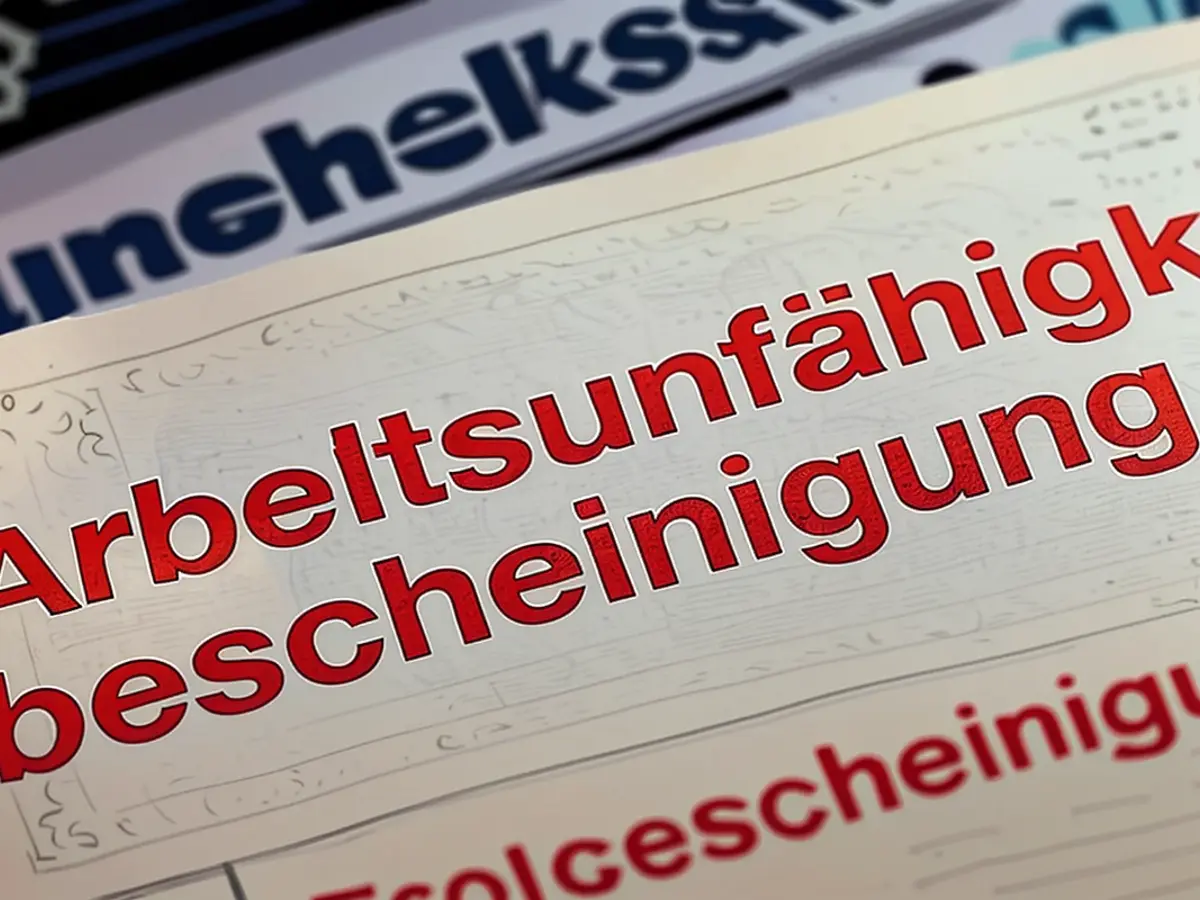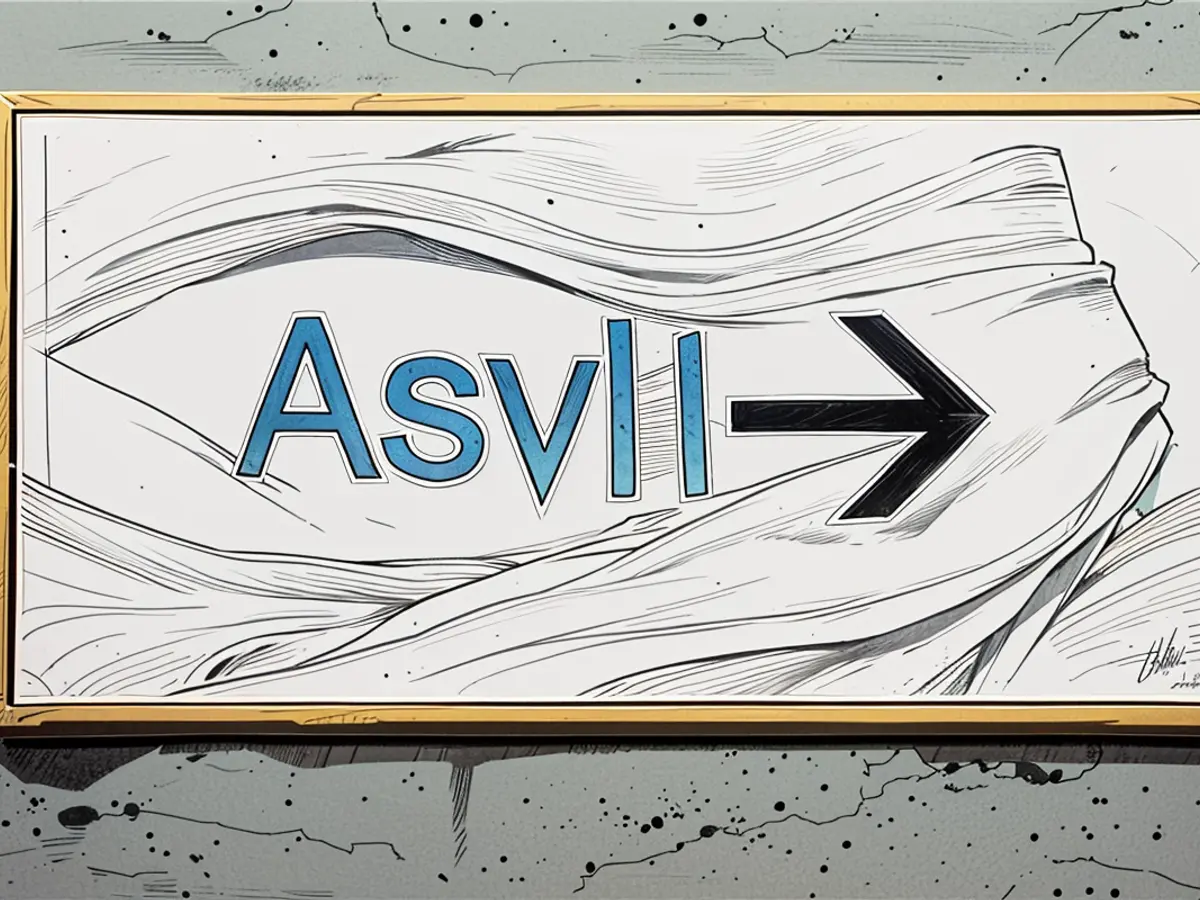The prominent recession warning signal has ceased to flash red, yet another such indicator is now activating.
Red flags are emerging now due to the fact that Treasury yields are moving towards a "normal" direction once more. (Yes, you've got that right.)
When the 2-year Treasury yield surpasses the 10-year, it's a occurrence known as an "inverted yield curve," which signifies that investors view the immediate future as more risky than the distant future. This occurs because elevated risks prompt investors to demand a higher return, or yield, to invest in US Treasury notes.
Following Friday's employment report, which indicated a slight decrease in the unemployment rate in August and a decrease in the number of employees hired compared to previous years, the 2-year yield dropped below the 10-year, leading to an "uninverted" yield curve. However, this shift didn't happen suddenly. The anticipation of lower interest rates, which investors have been factoring in for several months now, have caused short-term yields like the 2-year to decrease.
The employment report and the release of mostly positive inflation data this week fortified the belief that the Federal Reserve will reduce interest rates at its upcoming meeting — and also increased the likelihood of further cuts at subsequent meetings this year.
However, there's an issue with this. When the yield curve, which is the difference between the 10-year and the 2-year, turns positive, or "uninverts," right before the Federal Reserve reduces interest rates, a recession tends to follow not long afterward.
For example, when the yield curve turned positive in December 2000, the Federal Reserve reduced interest rates a month later. Two months later, a recession began. A similar sequence of events transpired in the lead-up to the Great Recession.
Nevertheless, there have been numerous instances when the yield curve uninverted without a recession imminently following. The most recent case of the yield curve uninverting was in September 2019. Shortly after that, the Federal Reserve reduced rates, but a recession didn't ensue until February 2020.
That's why Marco Giacoletti, a finance and economics professor at the University of Southern California Marshall School of Business, views the disinverted yield curve as "just one of the many signals of future economic activity available to economists."
"I certainly would not dismiss the ‘disinversion’ of the yield curve," Kristina Hooper, chief global market strategist at Invesco, told CNN. (Disinversion and uninversion are both used to refer to a yield curve that returns to being in positive territory.) However, Hooper is not overly concerned about an imminent recession.
One reason she's not overly concerned is because the yield curve was inverted for a longer period of time compared to past recessions. Consequently, the uninversion could be signaling a recession that's further out than it used to indicate.
Furthermore, there are numerous factors influencing yield movements, including the government needing to auction off a significant amount of debt to finance its spending, which have no connection to recession expectations, Hooper stated. "So it's difficult to say that we absolutely believe this is going to happen exactly the way it has historically."
Kevin Flanagan, head of fixed income strategy at WisdomTree, is focusing more on labor market indicators for indications of a potential recession than the yield curve. "The labor market numbers are cooling, but they're not weak. They're not collapsing."
However, the unemployment rate has risen high enough to trigger a separate recession predictor known as the "Sahm rule." Named after economist Claudia Sahm, who developed it, the rule posits that whenever the unemployment rate as a three-month average rises 0.5 percentage points from the lowest point in the past 12 months, a recession is imminent.
However, Sahm herself stated that her rule was "meant to be broken," and it's unlikely that the US economy is on the brink of a recession at the moment.
One source of optimism for Flanagan is the four-week moving average of initial jobless claims, which is currently significantly below the levels observed prior to previous recessions, aside from the pandemic.
"That's a better way of looking at things," he told CNN.
Given the current economic climate and the recent disinversion of the yield curve, businesses might be cautious about investing excess capital due to the potential uncertainty surrounding future interest rates and economic conditions. The country's economy, heavily reliant on the health of various industries and businesses, could experience a subtle shift in growth momentum as a result.








